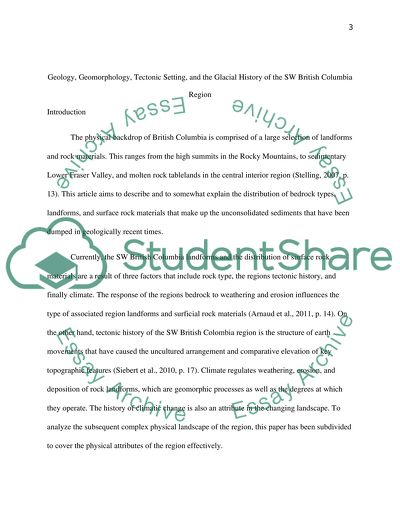Cite this document
(“Geology and the Glacial History of the SW British Columbia Region Research Paper”, n.d.)
Geology and the Glacial History of the SW British Columbia Region Research Paper. Retrieved from https://studentshare.org/geography/1675892-geology-and-the-glacial-history-of-the-sw-british-columbia-region
Geology and the Glacial History of the SW British Columbia Region Research Paper. Retrieved from https://studentshare.org/geography/1675892-geology-and-the-glacial-history-of-the-sw-british-columbia-region
(Geology and the Glacial History of the SW British Columbia Region Research Paper)
Geology and the Glacial History of the SW British Columbia Region Research Paper. https://studentshare.org/geography/1675892-geology-and-the-glacial-history-of-the-sw-british-columbia-region.
Geology and the Glacial History of the SW British Columbia Region Research Paper. https://studentshare.org/geography/1675892-geology-and-the-glacial-history-of-the-sw-british-columbia-region.
“Geology and the Glacial History of the SW British Columbia Region Research Paper”, n.d. https://studentshare.org/geography/1675892-geology-and-the-glacial-history-of-the-sw-british-columbia-region.


